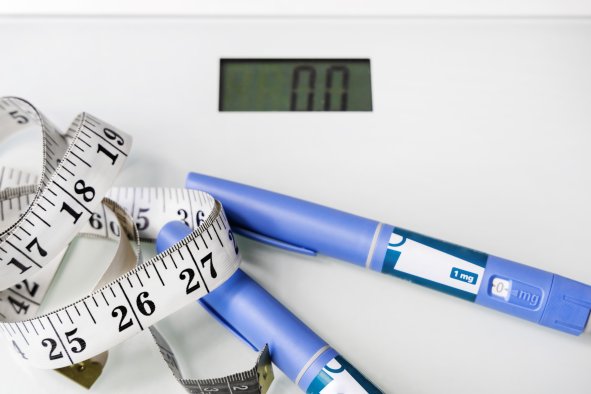Brutal heat is expected to hit areas of the Southwest over the coming days, with authorities urging residents to take extra care as widespread triple-digit highs and above-average temperatures grip the region.
Excessive heat warnings are in place across portions of southwest Arizona and southeast and southern California, the National Weather Service (NWS) has said, while heat advisories have gone out in Hanford and San Francisco.
"Warming temperatures and dangerous heat are expected to expand across the Southwest by Wednesday, with multiple days of widespread highs into the triple digits and maximum temperatures up to around 115–120°F in the typically hottest desert locations," the NWS said in a post on X, formerly Twitter.
Though the heat should abate somewhat by the end of the week, residents in affected areas are being asked to take "extra precautions when outside."
With temperatures this high, heat-related illnesses are very possible, especially in vulnerable groups such as children and the elderly.
"Everyone should make plans now on how they will stay cool this week, and check in on loved ones to see how they are prepared," Ryan Kittell, a meteorologist at NWS Los Angeles, told Newsweek.
Pregnant women are also at risk. "Extreme heat events have been associated with adverse birth outcomes such as low birth weight, preterm birth, and infant mortality, as well as congenital cataracts," the NWS said on its heat safety tips and resources page.
In particular, the NWS is advising people not to leave children or pets in vehicles, as car interiors can reach "lethal temperatures in a matter of minutes."
Locals should also wear lightweight and loose-fitting clothing where possible and try to limit any strenuous activities to early morning or evening.
An advisory post from NWS San Diego recommends avoiding caffeine and drinking extra water to stay hydrated.
The heat is expected to last well into Friday evening, with most warnings in place until 8:00 p.m. PDT.
Knowing the difference between heat exhaustion and heat stroke is important over the coming days.
According to the NWS and Centers for Disease Control and Prevention (CDC), symptoms of heat exhaustion include heavy sweating, weakness or tiredness, clammy skin, a fast, weak pulse, muscle cramps, dizziness, nausea or vomiting, headaches and fainting.
If anyone displays the signs of heat exhaustion, you should move them to a cooler environment, preferably air-conditioned, loosen clothing, apply cool clothes or have the person sit in a cool bath. If their condition fails to improve after an hour, seek medical attention.
Heat stroke, on the other hand, is much more serious. Symptoms include a throbbing headache, confusion, nausea, dizziness, body temperature above 103°F, hot, red, dry or damp skin, rapid and strong pulse, fainting and loss of consciousness.
If you think someone may be suffering from a heat stroke, call 911 or get the victim to a hospital immediately. Crucially, do not give them any fluids in such a scenario.
The risk of fires is also likely to be elevated during the heat. "The environment is ripe for fast-growing fires if one were to start," Kittell said. "Everyone should use extreme caution with anything that might spark a fire. If you are in a fire-prone area, review your plans on what you will do if you are called to evacuate."
Do you have a tip on a science story that Newsweek should be covering? Do you have a question about extreme weather events? Let us know via science@newsweek.com.
Disclaimer: The copyright of this article belongs to the original author. Reposting this article is solely for the purpose of information dissemination and does not constitute any investment advice. If there is any infringement, please contact us immediately. We will make corrections or deletions as necessary. Thank you.



